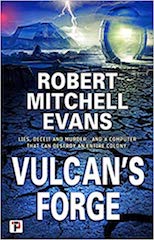.
Written by Juel Taylor & Tony Rettenmaier and directed by Juel Taylor They Cloned Tyronecaptures the spirit of 70’s Blaxploitation with a 21st century approach to cinema, storytelling, and metaphor.
Fontaine (John Boyega) is a low-level street drug dealer in the community of the Glenn. Haunted
by past tragedy and absent any support systems of people his life is one of ruin, repetition, and violence. While attempting to recover cash owed to him from pimp Slick Charles (Jamie Foxx) and sex worker Yo-yo (Teyonah Parris) Fontaine is ambushed by rival drug dealer Isaac but the fallout from the attack leads Fontaine, Slick Charles, and Yo-yo to discover a vast racist conspiracy at work on the people of the Glenn.
With a supporting cast that includes Kiefer Sutherland and David Alan Grier They Cloned Tyrone is a sharp social satire dealing with the African American community’s twin issues of assimilation or annihilation. In the best tradition of Blaxploitation, the ultimate conflict is between the marginalized community and ‘the man’, ‘the system’ and everything that those terms represent. Stark in its violence, unflinching in the community’s despair, and cutting with both its humor and its satire the film is an excellent outing for its first-time feature film director. Boyega delivers a naturalistic and compelling performance filled with a subtlety that reveals an inner life for Fontaine that he cannot bring himself to speak. Parris is unrecognizable here from her more well-known role as Monica Rambeau from the Marvel Cinematic Universe fully immersing herself into Yo-yo a woman of hidden talents. Foxx of course delivers another talented performance, giving this film’s trio the star power to sell it to both studios and audiences.
If there is a fault in this film, it lies with cinematographer Ken Seng.
Photographic dark-skinned performers can be a challenging task for cinematographers, and this is magnified with scenes that are primarily in darkened room or at night. It is possible that in a properly calibrated auditorium the entire film would present in a dark clarity but They Cloned Tyronewas produced for Netflix, intended for streaming on home screen that vary greatly in their quality and settings. The truth of the matter is that in several scenes I found it impossible to actually see the performances. These are all very talented actors and depriving the audience of the expression is a crime against such a cast.
Aside from the cinematography I found the entire film quite interesting, engaging, and compelling. I would favorably compare this Boyega’s pre–Star Wars film Attack the Block.
They Cloned Tyrone is streaming on Netflix.
A gentle reminder that I have my own SF novel available from any bookseller. Vulcan’s Forge is about the final human colony, one that attempt to live by the social standard of 1950s America 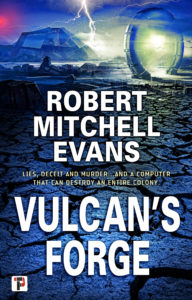 and the sole surviving outpost following Earth’s destruction. Jason Kessler doesn’t fit into the repressive 50s social constraints, and he desire for a more libertine lifestyle leads him into conspiracies and crime.
and the sole surviving outpost following Earth’s destruction. Jason Kessler doesn’t fit into the repressive 50s social constraints, and he desire for a more libertine lifestyle leads him into conspiracies and crime.
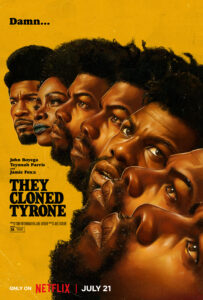

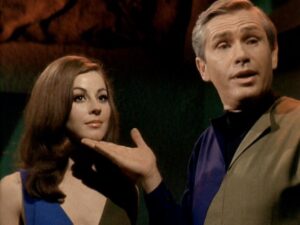
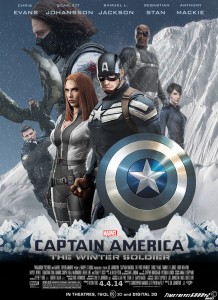
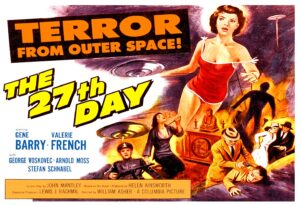
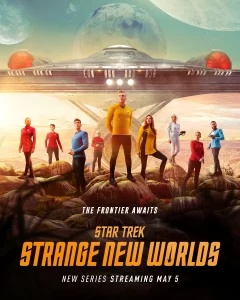
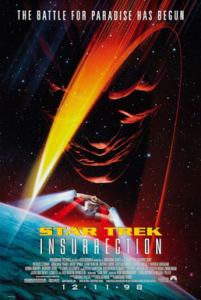

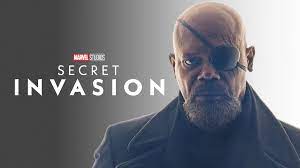 .
.